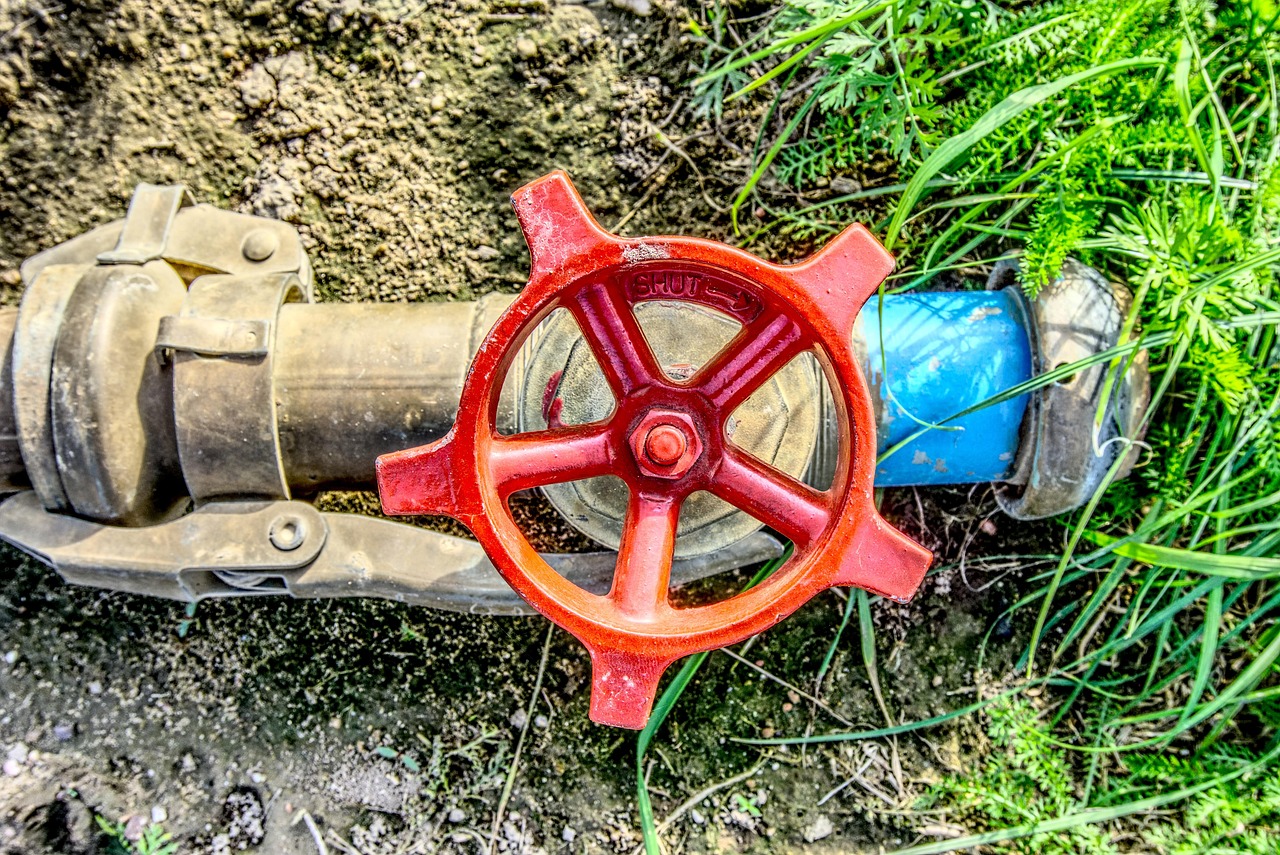
See the ins and outs of using irrigation blue dye testing to optimize your irrigation system.
A UF/IFAS blog contends that “With increasing concerns about water quality, quantity, and the need for improved irrigation practices, farmers and agricultural extension agents are constantly searching for innovative ways to optimize their irrigation systems. One such method that has proven invaluable in improving water and nutrient management in the Suwannee Valley Region is using blue dye to visualize how water moves in the soil.” See what an irrigation blue dye test is, and how to do it, below.
What is a Blue Dye Test?
The blog defines a blue dye test as “a simple, yet effective technique that has been conducted by UF/IFAS Extension agents and specialists over the past twenty-five years! This test is used to visualize water movement in soil by injecting a water-soluble blue dye into the irrigation system and later digging an observation hole in the soil, which allows for tracking the spread and depth of water beneath the surface. This method helps farmers assess how irrigation water moves into or beyond the root zone, especially in mulched or raised beds where water movement is otherwise difficult to observe. By observing where the dye moves and where it doesn’t, farmers can identify areas of concern, such as uneven water distribution, clogged irrigation lines, or areas where water isn’t reaching at all. Through analyzing these dye patterns, farmers can optimize irrigation scheduling and improve water and nutrient management, leading to more efficient crop production.”
Conduct an Irrigation Blue Dye Test
The blog shared the following steps:
“Before the Dye Test
- Prepare the field and form the beds as would typically be done for vegetable production.
- Isolate a section of the field where the dye test will be performed.
- Connect the water source to the section of the field where the dye test will be performed.
- Prepare an injection point for the dye using a small transfer pump.
- Select a water-soluble dye.
- Mark bed sections 30 to 50 feet in length. Sections may be marked with flags or paint.
Day of the Dye Test
- Bring a stopwatch, data collection form and pen, a knife, a tape measure, shovels, and a 5-gallon bucket.
- Turn on the water and pressurize the system.
- Start injecting dye once the system has been charged.
- Disconnect the injection point to allow drip irrigation system to operate normally.
- At pre-selected times, use cut off valves to turn off the tapes at pre-marked spots to allow different times of irrigation after the dye is injected.
After the Dye Test
- For each section, dig a transverse (perpendicular to the bed axis) and a 4-foot longitudinal (parallel to the bed axis) section.
- Measure and record the position of the waterfront for each visible emitter.”
Griffin Fertilizer is committed to helping both growers and ranchers make sound agronomic and economic decisions in order to maximize the health of their grove and pasture. As a full-service custom dry & liquid fertilizer blender and crop protection product distributor, we will continue our mission to further advance Florida agriculture. For questions -or concerns about your farm or pasture, contact us and one of our team will be in touch.